You know, it’s nice and refreshing to review a different type of product for a change. Today we have the Audio Technica ATH-A900X, which are high grade headphones. They’re often thought of as entry-level audiophile headphones. We recently wrote a guide about audio products that you should check out. These headphones, the A900X, are some of the most favored in the sub $200 range. Time to see if they live up to their reputation!
This isn’t a gaming headset, which you may be accustomed to seeing here at GND-Tech, since we’re primarily a gaming website. There’s no microphone included, nor can you attach one by conventional means. It’s designed for high quality audio playback. Despite the reasonable price, no gaming headset will ever approach headphones such as these in terms of sound quality: not for music, not for movies, not even for gaming. I’m honored to be the first to review a high end audio product here at GND-Tech.
Disclaimer: This isn’t a review sample, this product was actually paid for.
Unboxing
The Audio Technica ATH-A900X can usually be found for around $180 on retailers such as Amazon, but much less on Ebay (even brand new ones). The packaging is very straightforward; a black, stylized cardboard box holds the contents inside. No fancy carrying case like some other headphones, though such headphones go for over double the cost of these.
Inside you’ll find the headphones resting with the cable rolled and bagged up. The cable is non-detachable.
So you get the headphones, instructions, and a 3.5mm to 6.3mm adapter. Very straightforward, no extra goodies or anything. Pretty much what you expect from sub $200 headphones. These are very much plug-and-play, no drivers or software. Let’s take a closer look at the headphones.
Closer Look
| Type | Closed-back Dynamic, Double Air Damping System |
| Driver Diameter | 53 mm |
| Frequency Response | 5 – 40,000 Hz |
| Maximum Input Power | 2,000 mW |
| Sensitivity | 100 dB/mW |
| Impedance | 42Ω |
| Weight | 330 g |
| Cable | 3.0 m |
| Connector | 3.5 mm gold-plated stereo plug |
| Accessory Included | Detachable 1/4″ (6.3 mm) adapter |
As you can see by the above specifications, the Audio Technica ATH-A900X are lightweight headphones that should be easy to drive. They also have large 53mm drivers. The 5 Hz – 40 KHz frequency range is very impressive especially for the price, that suggests that the bass can extend very deep and the treble peaks very high. This is an example of the excellent price to performance that headphones offer, compared to a speaker + subwoofer system.
These are closed-back headphones, meaning the ear cups are solid opposed to meshed/ventilated/grilled. Closed headphones are designed to provide isolation, both to isolate the wearer from the outside environment and also to make sure sound doesn’t leak out. The drawback to closed headphones is reduced soundstage and slightly more artificial sound, that sounds more “in your head”. Closed-back design generally offers more bass than open back. The AD900X is an open-back version of these headphones.
Upon first glance, it really becomes evident how large these headphones are. Particularly the ear cups, which house the 53mm drivers. I’m coming from an over-hear gaming headset so this is quite the change… those ear cups are huge! Yet somehow the headphones are also very light, and feel very sturdy too.
Audio Technica’s distinct trademark design is present on the A900X. Rather than a traditional headband, it uses a wing system. Two small padded wings float around and move freely, as you can see here where they’re not lined up at all. This is designed to lessen the clamping force on the top of your head, compared to a traditional headband. And boy, does it work. The headphones are very light, and they feel even lighter thanks to the wing design. The padding on the wings is almost a soft foam-like material.
Due to the light wing design, the A900X has to clamp your ears tighter than some other headphones do. But it’s far from too tight for me, with my average sized or slightly small head. People with smaller heads have complained about these headphones and other Audio Technica headphones sliding down due to the wing design, but I don’t have that problem. If you do have that problem, you can simply use a rubber band to tie the wings together, which makes them much smaller and clamp harder. This won’t be necessary for most people with the A900X, AD900X, A1000X/AD1000X/W1000X, or W5000, but it seems to be necessary for a huge amount of AD2000X/A2000X users.
In terms of build quality, the A900X is solid though nothing extraordinary. Although it’s mostly plastic, it’s strong enough and the overall design of it is well thought out. The ear cups are aluminum, which makes a difference. Other Audio Technica headphones utilize different ear cup material to modify the sound: their W series uses wood, though the A series aren’t all aluminum if that’s what you were about to guess. The A2000X uses titanium ear cups.
The ear pads are made out of pleather, which is a synthetic material designed to mimic leather. You’re probably going to find pleather earpads on most sub $200 headphones, and either pleather or velour earpads on most sub $1,000 headphones. These pads seal very well; combined with the closed nature of the A900X, these are very effective at isolating me from the outside environment. This combined with how easy these headphones are to drive make them a decent portable choice. On the other hand, these are big headphones so not everyone will want to lug them around.
Although pleather pads are common, the quality of pleather ear pads really varies from headphone to headphone. The A900X is on the lower end of the spectrum. The pads are much, much more stiff than real lambskin leather. The pleather used on higher end headphones like the HE-560 is much more soft, very close to real leather.
The pads also touch my ears slightly, which can get annoying but never painful. However these are over ear headphones, so they aren’t supposed to do that. Headphones are much more comfortable when the pads don’t touch your ears at all.
Unfortunately, the pads will begin to wear out after only several months of heavy use (three months for me).
The pads are easy to remove but not as easy to attach; they attach to the headphones sort of like socks, but you’re going to be stuffing very thin, cheaply made pleather into the slit around the headphone, which can easily cause tears. I would much prefer pads with a plastic housing that clip into the headphone, like the Philips Fidelio X2 and other headphones.
It’s clear that the drivers are angled back toward the back of your head. I assume this is to help make it seem like the sounds are coming from in front of you, among other things.
In hot weather, I do sweat while wearing these headphones. In a 90 degree Fahrenheit room, it takes about 10 minutes of wearing them before I notice the sweat. I’m not sure if this is purely due to the fact that these are closed headphones; I don’t have experience with the AD900X to compare. Nevertheless, it’s not a big problem.
The included cable shows good quality in both the sleeving and the plug. It uses a gold plated 3.5mm audio jack, and includes a 3.5mm to 6.3mm adapter. As you can see in some of the above photos, the A900X uses a single entry cable, meaning the cable only goes to one side of the headphone. Every “gaming headset” is like this. It’s cheaper and easier to deal with. It’s hard to find concrete proof of dual entry cables leading to better, more balanced sound, but seeing as how practically every Hi-Fi headphone in existence uses dual entry cabling, I won’t question the notion.
I really like the look and feel of the ATH-A900X. They’re solid, lightweight, grip well (I hate loose headphones), and comfortable. If you have a very small head and have a loose grip with the A900X, you can easily just tie a rubber band between the wings to improve the fit. There are a number of aftermarket pads that fit the A900X too, if you want to get rid of the default pleather ones. I found this thread when searching.
I can also confirm that HiFiMan velour pads fit, although they protrude more from the driver which causes many changes. Combined with the clamping force of the A900X, these pads make the headphones very tight. A bit too tight. With the stock pads, your ears might sometimes touch the drivers ever so slightly, but now this will never happen due to added distance. This distance will require much higher volume (about 20 more increments on Windows volume for me). They also make the headphones much more open sounding, with added sound leakage and reduced isolation, but there are no sound stage benefits so this is just a bad thing.
Onto the next page: the listening tests.
Listening Tests
A simple setup is used for all listening tests. I have the A900X plugged into my Maverick Audio Tubemagic D1, which is both my DAC and amp. The D1 is connected to my computer’s Creative Sound Blaster X-Fi Titanium HD sound card, and digital music files of varying quality were used.
To those who want to use an external amplifier like me, look into ones designed for low impedance headphones such as the Little Dot 1+, Schiit Magni, or Objective2 amp if you’re on a tight budget. The A900X doesn’t need a great amplifier due to its high efficiency. You should however use an aftermarket DAC with these, whether it comes from a sound card like mine or you get a standalone one (or an amp/DAC combo).
It is usually recommended to burn-in high grade headphones like these, which supposedly improves sound. So I went ahead and let them burn in for about two weeks before writing this review. Let me tell you, burning them in is a necessity. The biggest difference I noticed was with the bass; it improved drastically and even seemed to come in greater quantity after burn-in. After about a week and a half of use, it’s like the bass had woken up. Maybe this is just brain burn-in, who knows.
It’s also advisable to use high grade headphones with high quality, lossless format sound recordings such as FLAC or ALAC. You can buy music in such formats at places like HDtracks. The A900X is far from analytical, but it still shows great benefits from high quality FLAC format audio files. For this review, all musical listening tests were played through Foobar2000 which I highly recommend, and most Creative Sound Blaster optimizations were disabled. In addition, I used the ASIO plugin for Foobar, set my sound card to Audio Creation mode for ASIO playback, and enabled bit-matched recording. I also used a variety of MP3 (mostly 320 kbps), lossless WAV files (48 KHz/24-bit), and lossless FLAC files (44.1 KHz / 16-bit, 88.2 KHz / 24-bit, 96 KHz / 24-bit).
If you’ve never experienced high end headphones before, and only used “gaming headsets” and cheap speakers like I have, then the ATH-A900X will blow you away. The clarity, the detail, the instrument separation, they were just insane when I first heard them. You will hear things in your music that you never heard before. And these are merely entry-level headphones for audiophiles!
This review has been updated with a neater layout, inspired by this famous thread.
The Good
- Mids: The mid range of the A900X, which I consider to be the most important frequency spectrum (although all are extremely important of course), is pleasant to my ears. It’s mostly flat/linear (neutral), although tilted forward slightly, and with some colorations in the upper mid range that affect vocals. It adds a very slight nasal quality to voices, which is not ideal but it’s not horribly offensive either. This nasal quality is what Audio Technica is known for. “Wonky mids” they say.
- Sound Stage (for a closed headphone): This headphone provides a surprising amount of sound space for a closed headphone. It sounds much more three dimensional than the $1500 Fostex TH900, a flagship closed headphone. Still, the sound stage is nowhere near that of good open back headphones.
The Bad
- Lacks Transparency: Transparency is extremely important. It is best defined as clarity, a sound free of grain and interference, so that you sound as if you’re really right next to the music. A headphone with top notch transparency for example (high end electrostats are the only ones capable of this) sounds like there is no headphone, instead just a clear window to the music. The A900X, while more transparent than typical headphones and gaming headsets, still lacks transparency. You never forget you’re listening to headphones with this. Note that transparency is not the same as detail. You can have a headphone that shoves all sorts of micro details in your face, but still lack transparency (e.g., Beyerdynamic T1).
- Decay: Note decay is longer than optimal here, leading to a less detailed, less transparent, less realistic sound than possible.
- Imaging: The imaging here is significantly better than your typical Beats, Bose, and other headphones/headsets. If this is your first good headphone, you’ll actually be impressed by its imaging. But the imaging is beaten by many other headphones. It leaves quite a bit to be desired.
On the Fence
- Not Quite Neutral: Not everyone prefers neutrality, so this is just an FYI. The A900X is on the bass-light side of neutral, although not so much so, but it also has the aforementioned mid range colorations.
- Detail: This is not an overly smooth headphone, it does want to bring out details and it does a pretty good job at this. Yes, plenty of other headphones beat it, but most people won’t be demanding a whole lot more detail than what this headphone has to offer.
- Bass: The bass is very tight and controlled, but lacks extension. It doesn’t quite hit the lowest notes. Bass is recessed behind the mids and treble on this headphone, which I’m okay with.
- Treble: The treble here is slightly forward, and pretty good quality. It’s not rolled off. It’s not devoid of sibilance however, nor does it provide an airy sound, and it can sound thin and unconvincing at times.
Conclusion
This was my first venture into the high end audio world and I’m never turning back. The Audio Technica ATH-A900X blew me away when I first listened to them, and they’ve only gotten better over time as they burned in. After having heard many other high end headphones, I still respect the A900X, although it’s far from perfect.
- Build Quality: I’ve had build quality issues with past headphones, but the A900X is actually a step up over my previous headphones/headsets in this regard. Build quality is solid compared to gaming headsets. It’s mostly plastic except for the ear cups which are metal. The plastic surrounding the ear cups is high quality. The wing system isn’t particularly sturdy or fragile, middle of the road I’d say. The cable is nice and straight and has good quality sleeving. The worst constructed part would be the ear pads, which are very cheap pleather. Nicer pads would have been a big plus. It’s also a shame that these pads touch my ears, despite the fact that this is a circumaural (over ear) headphone. 16/20
- Comfort: The A900X is lightweight and has a self-adjusting fitting system so it will be fairly comfortable for a large amount of people. But it isn’t extremely snug, it’s not the most comfortable headphone partly due to the limitations of the wing system which doesn’t offer any manual adjustment. One problem is that the opening in the ear pads isn’t as big as it should be, therefore the pads touch my ears somewhat. This is not how over-ear headphones are supposed to fit, but it’s a minor annoyance really. 17/20
- Music Performance: It’s not outstanding in any one regard, but it’s a pretty good headphone all around. Good quality overall in the bass, mids, and treble. It’s on the bass light side and somewhat bright. It has some mid-range coloration resulting in a slight nasal quality for vocals, it has some sibilance, the sound stage is surprisingly good for a closed headphone, but imaging and instrument separation are lacking. 15/20
- Gaming Performance: This is a good closed headphone for gaming, providing isolation and a good sound stage for a closed headphone. Explosions won’t rock your world due to the somewhat bass-light sound though. 18/20
- Value: The ATH-A900X can typically be found for $180-200 on places like Amazon, and under $150 over on Ebay (speaking of new, unused ones mind you). Under $150 is a steal. $200 and below is still a great value. 19/20
- Overall: 85/100


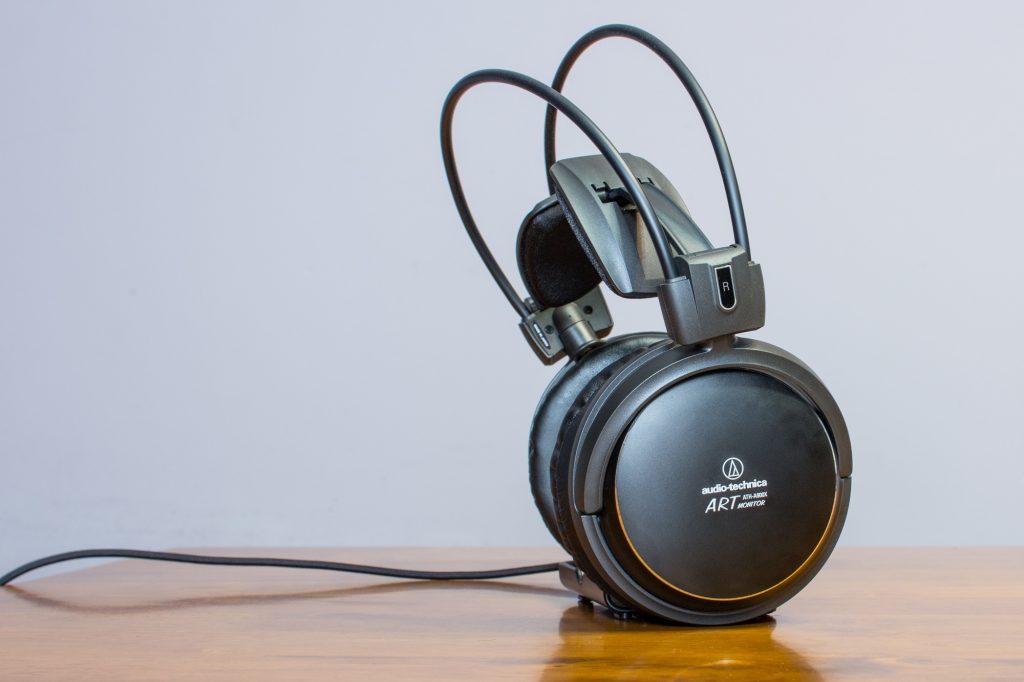








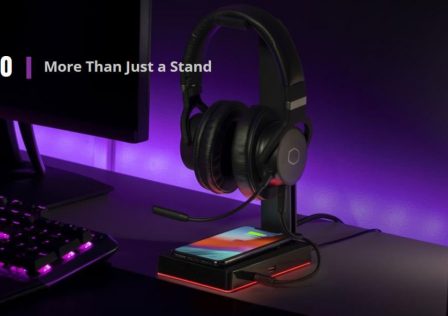
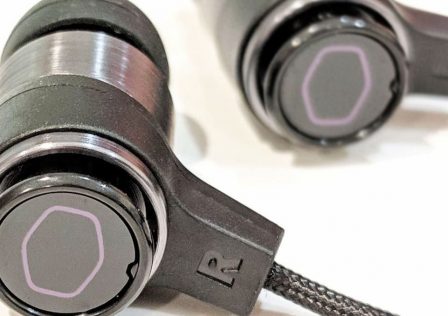
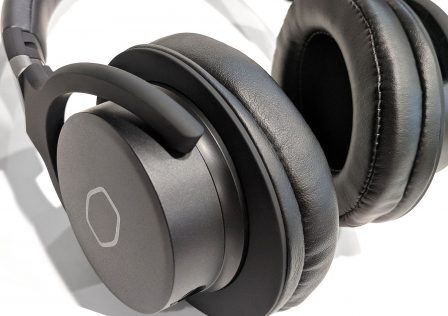
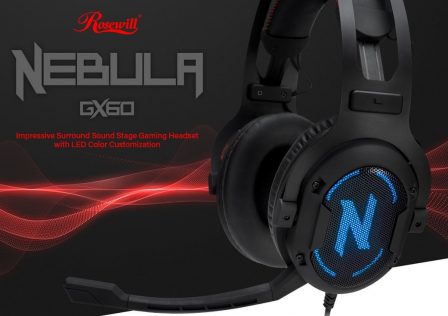

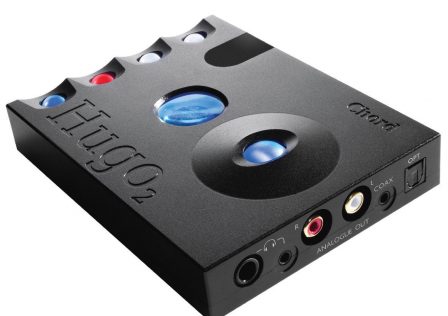


[…] have to say, the supporting headband immediately reminded me of the Audio Technica ATH-A900X. Also, like the A900X, the K7xx is mostly plastic. In fact, even the mesh over the open-back grills […]
[…] going to see me compare it side by side to the Audio Technica ATH-A900X, my previous headphone which is a good benchmark for sub $200 headphones, being one of the best […]